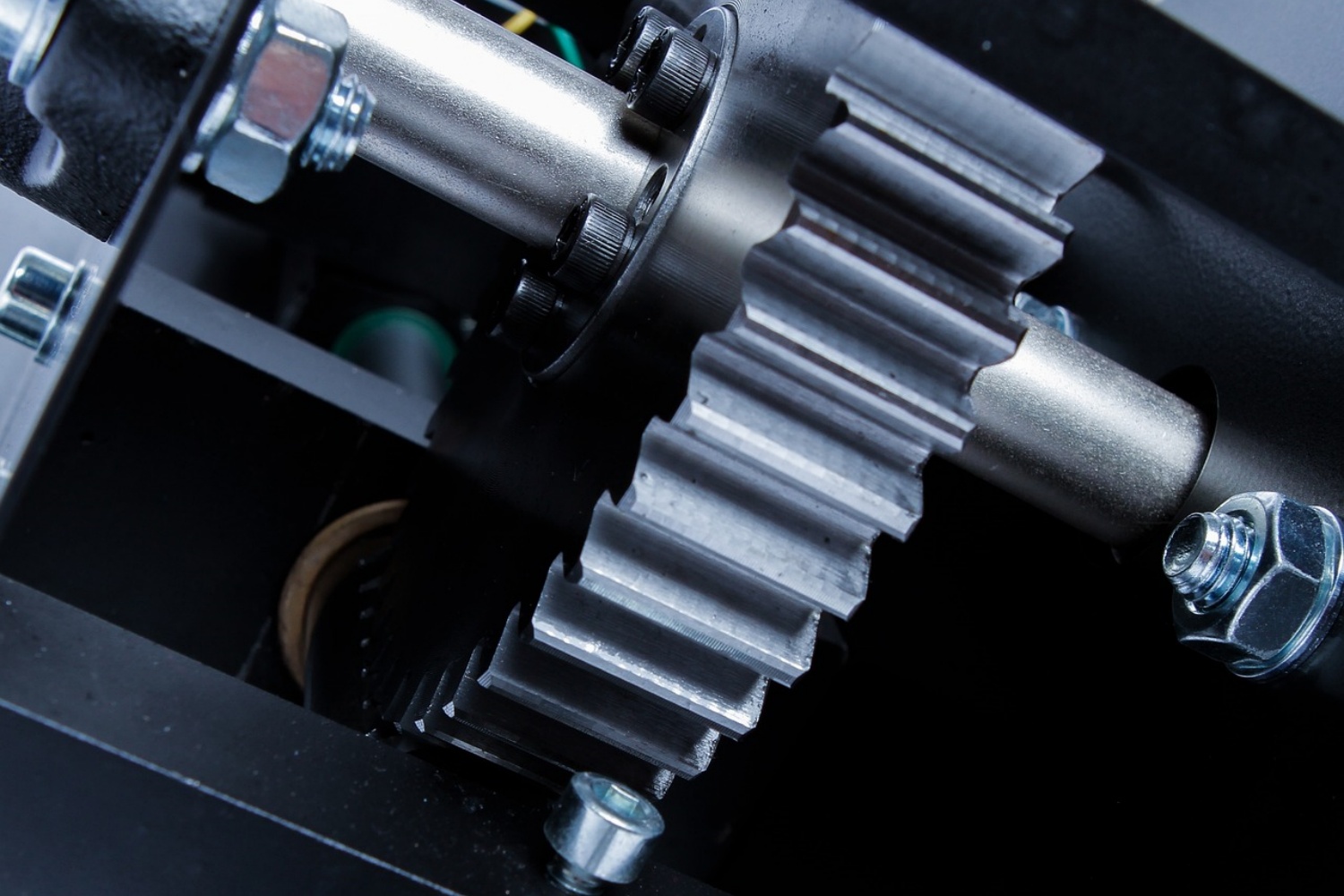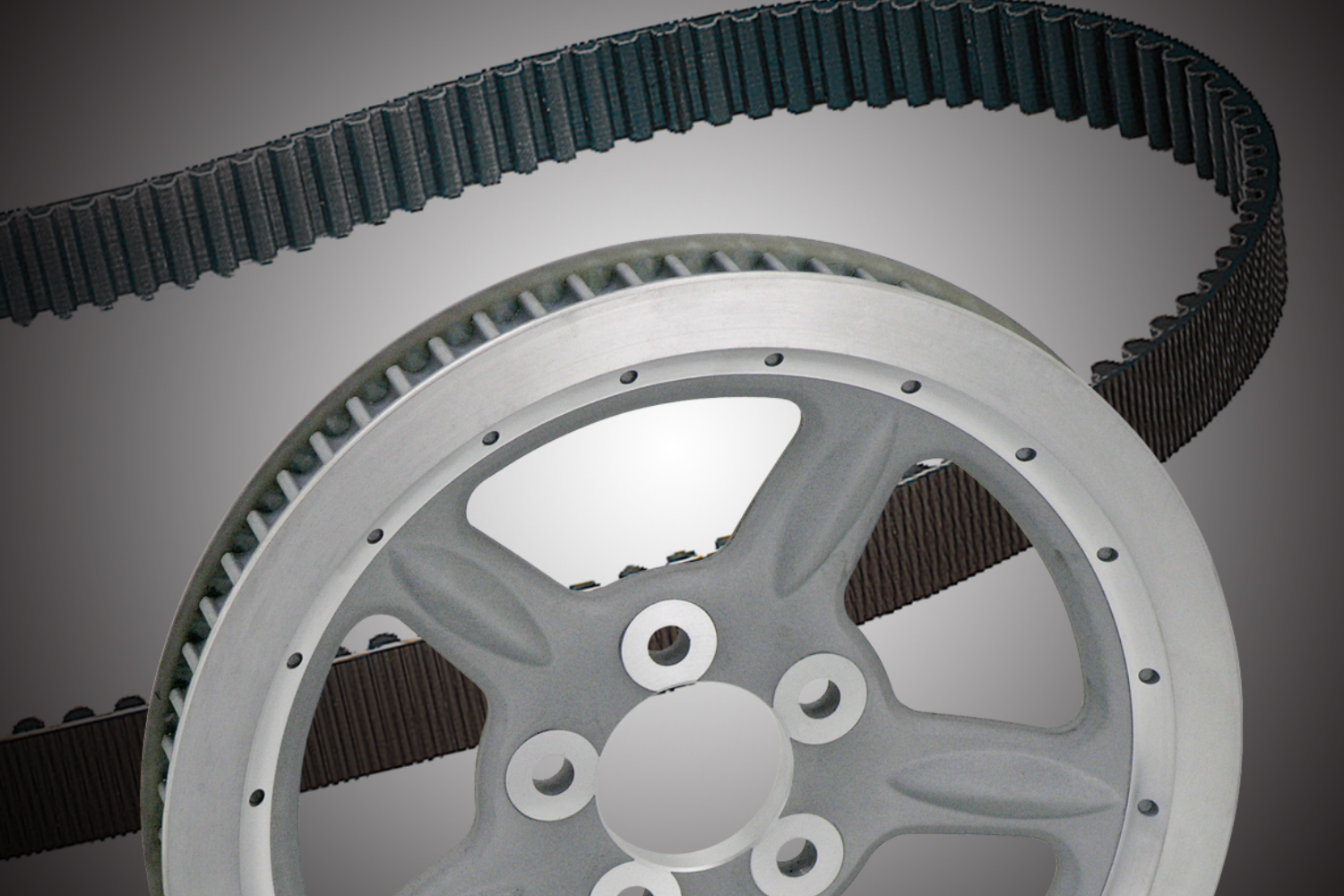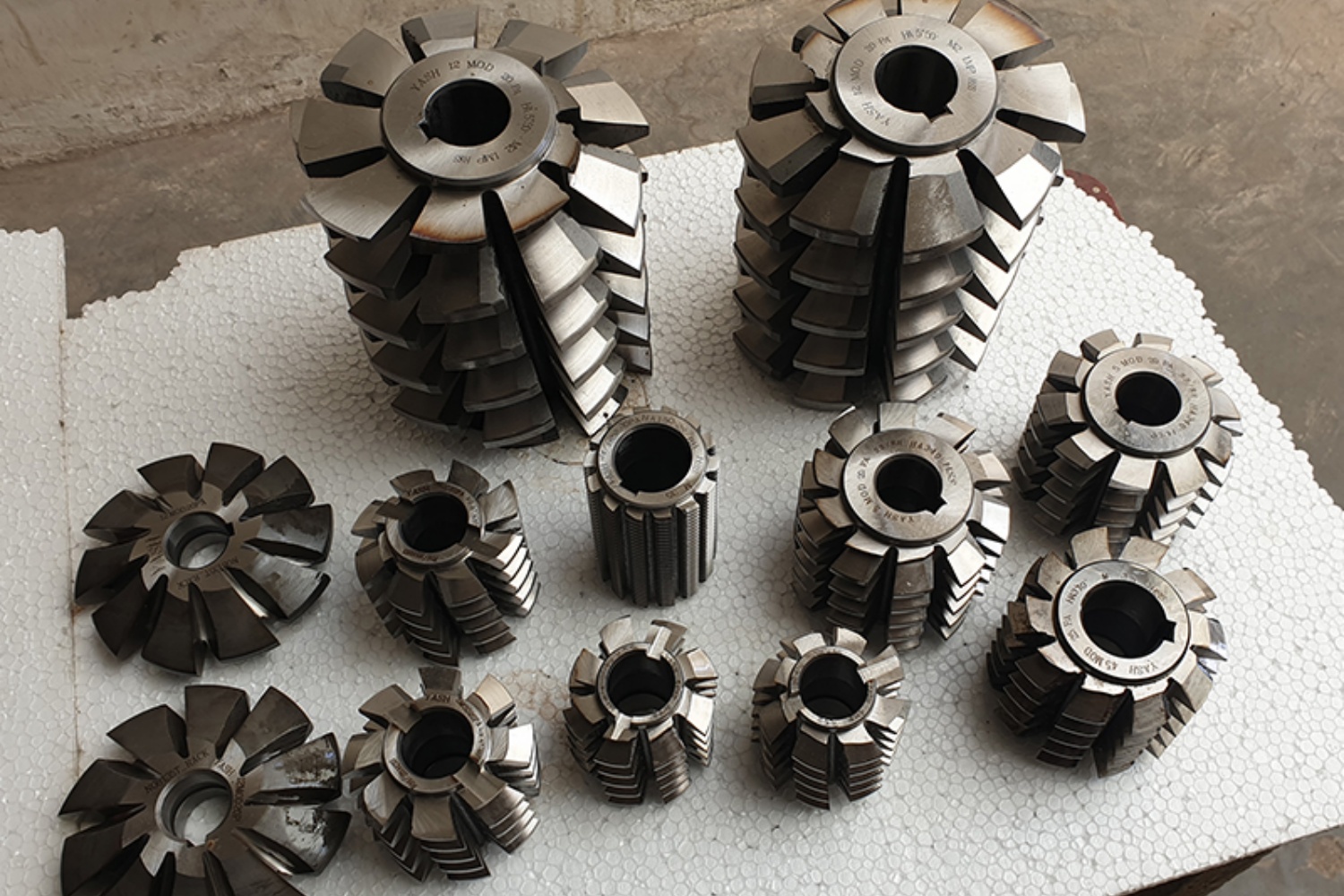Industrial pulley systems play a crucial role in various applications, facilitating power transmission and motion control. However, these systems can encounter challenges that affect their performance and efficiency. In this article, we will explore some common challenges faced in industrial pulley systems and provide effective troubleshooting techniques and solutions. By understanding these challenges and implementing appropriate measures, industries can minimize downtime, optimize productivity, and ensure the smooth operation of their machinery and equipment.
Belt Slippage and Misalignment:
One of the common challenges in industrial pulley systems is belt slippage and misalignment. This can lead to reduced power transmission, excessive wear on belts, and compromised system efficiency. To overcome this challenge, regular inspection and adjustment of belt tension, alignment, and pulley position are essential. Proper tensioning devices, such as automatic tensioners or adjustable motor bases, can help maintain optimal belt tension and alignment.
Excessive Noise and Vibration:
Excessive noise and vibration in pulley systems can indicate underlying issues such as improper pulley alignment, worn-out bearings, or belt damage. These issues not only affect the performance of the system but also contribute to equipment fatigue and failure. Conducting routine inspections, replacing worn-out components, and ensuring proper lubrication can help reduce noise and vibration. Additionally, using vibration-damping materials or isolating pulley systems from surrounding structures can minimize the transfer of vibrations.
Overheating and Bearing Failure:
Overheating and premature bearing failure are common challenges in industrial pulley systems. High temperatures can result from inadequate lubrication, excessive loads, or improper ventilation. Regular maintenance, including lubrication checks, cleaning debris from pulleys, and ensuring proper ventilation, can prevent overheating. It is also crucial to select bearings with the appropriate load and temperature ratings to ensure their longevity and reliable performance.
System Imbalance and Excessive Wear:
Imbalance in pulley systems can cause uneven wear on belts, pulleys, and bearings. This can lead to reduced system lifespan, increased maintenance costs, and unplanned downtime. Balancing pulleys and replacing worn-out components are essential to address this challenge. Additionally, implementing preventive maintenance practices such as regular cleaning, lubrication, and inspections can help identify potential imbalances or excessive wear before they cause significant issues.
Lack of Proper Training and Knowledge:
A lack of proper training and knowledge among maintenance personnel can contribute to challenges in industrial pulley systems. Inadequate understanding of system components, alignment techniques, and troubleshooting procedures can result in ineffective maintenance and repair practices. Providing comprehensive training programs for maintenance personnel and ensuring access to technical resources and guidelines can empower them to address challenges proactively and effectively.
Conclusion:
Industrial pulley systems are susceptible to various challenges that can impact their performance and reliability. By recognizing common issues such as belt slippage, misalignment, excessive noise, overheating, imbalance, and inadequate training, industries can take proactive measures to overcome these challenges. Implementing regular maintenance practices, conducting inspections, and addressing issues promptly will enhance the longevity, efficiency, and productivity of industrial pulley systems. Additionally, fostering a culture of continuous learning and knowledge sharing within the organization will empower maintenance personnel to effectively troubleshoot and solve problems, ensuring optimal performance and minimizing disruptions in industrial operations.
CONTINUE READING
Related Posts
In the world of industrial manufacturing, the efficiency and reliability of transmission systems are critical to the success of any […]
In industrial settings, a smooth and quiet power transmission system is crucial for productivity, safety, and worker comfort. V Belt […]
Splines play a critical role in mechanical power transmission systems, enabling rotational motion and torque transfer between mating components. These […]





